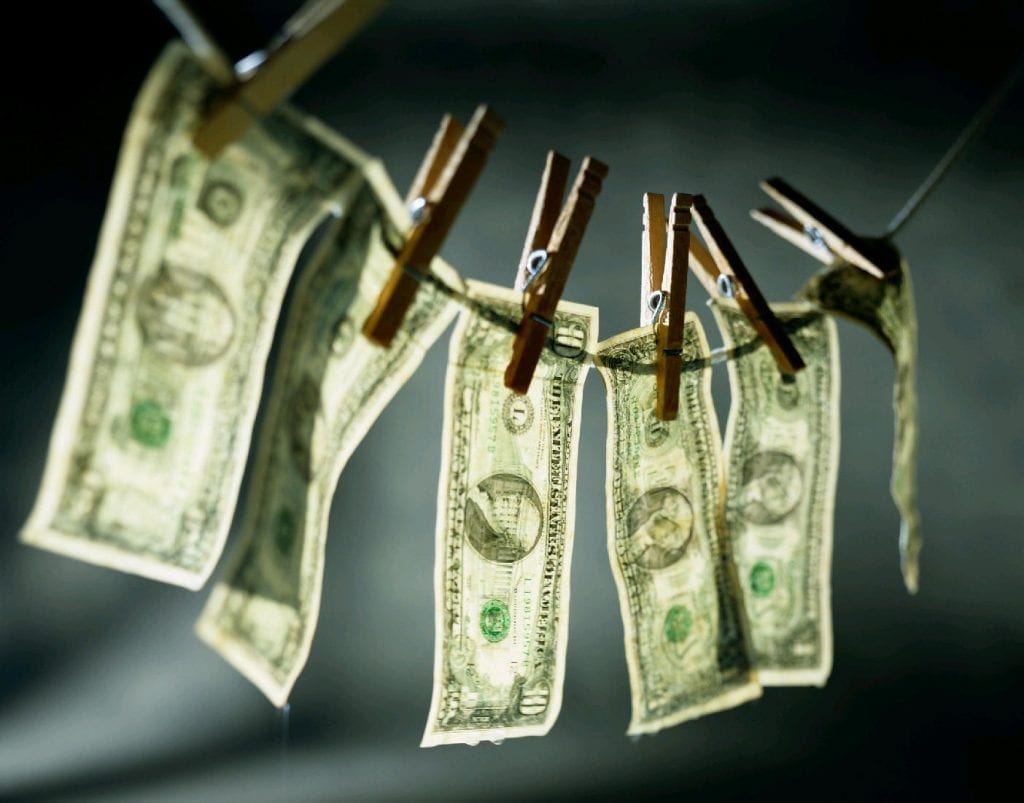
On February 16, the Hanoi People’s Court will resume a trial over corruption and money laundering charges against Vinashin Ocean Shipping Co., Ltd. (Vinashinlines).
In this trial, defendant Giang Van Hien (67, Ho Chi Minh City) has been charged with helping his son and former director of sales at Vinashinlines Giang Kim Dat (born 1977) to embezzle more than VND259.5 billion ($11.4 million). More specifically, to evade the authorities, Dat told Hien to open 22 foreign currency bank accounts to keep the embezzled money.
Dat used this money to invest in domestic real estates and transfer it abroad. Investigators have verified the sources of these assets and either froze or seized 40 domestic real estate properties, including lands, apartments, villas as well as properties in Singapore and apartments in the UK.
Money laundering is not a new crime in Vietnam, but prosecution has been challenging because of difficulties in proving the offender or the crime. Speaking to reporters on the sidelines of National Assembly meetings, Senior Lieutenant General Le Quy Vuong, Deputy Minister of Public Security, said the Giang Kim Dat case is a classic graft and money laundering case.
In the Penal Code of 1999, this crime was defined in Article 251 as “laundering money and/or property obtained through the commission of crime,” but it was not until the modified Penal Code of 2009 that the term “money laundering” came into official use.
The legal framework exists, but enforcement has been difficult. Experts said money laundering charges have been rare.
Explaining this, Dr Dao Le Thu, director of the comparative legal research centre of Hanoi Law University, said the main reason was the difficulty in following the money trail. This is because financial transactions in Vietnam do not follow international standards and cash still plays a key role in the economy.
Besides, regulations are still limited in several ways: there are no charges for self-laundering or for commercial entities, or the fact that the term “money obtained through crimes” in the penal code has not seen further clarification. Whereas other countries might categorise crimes by source or severity, Thu added.
Article 324 of the 2015 Penal Code has defined money laundering behaviours more clearly as “disguising the legal origin of the money or property obtained through one’s own criminal activities or that one knows to be obtained via another person’s criminal activities.” Therefore, proving money laundering could be easier than it used to be. However, the 2015 Penal Code’s entry into effect has been postponed.
| Item 1, Article 3 of Decree 74/2005/ND-CP dated June 7, 2005 on “prevention of money laundering” explains the concept of money laundering as the behaviour of individuals or organisations seeking to legitimise money or property through activities such as:
• Joining directly or indirectly in a transaction involving money or property obtained through criminal activities • Acquiring, capturing, transiting, converting, transfering, transporting, using and cross-border transporting money or property obtained through the commission of crime • Investing in a project, a work, contribute capital to a business or find other ways to cloak or disguise or impede verification of origin, the true nature or location, the process of moving or ownership for the money or property obtained through the commission of crime |

